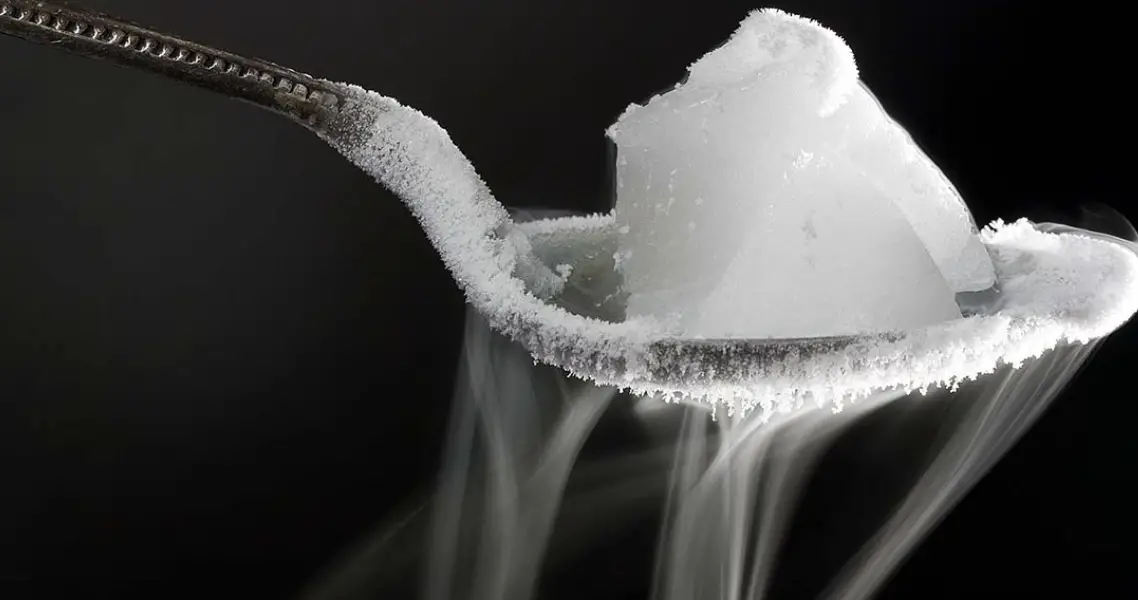
Icy Marvel: How Long Does Dry Ice Last?
Dry ice is a fascinating substance known for its dramatic appearance and unique properties. Composed of solid carbon dioxide, dry ice offers a range of practical uses, from preserving perishables to creating captivating visual effects. As with any consumable material, understanding the longevity of dry ice is essential to ensure its effective and safe use. In this blog post, we’ll explore the question, “How long does dry ice last?” and delve into some crucial factors that influence its duration and effectiveness.
What is Dry Ice?
Before delving into its longevity, let’s quickly recap what dry ice is. Dry ice is solid carbon dioxide, created by compressing and cooling gaseous carbon dioxide until it liquefies, and then allowing it to expand into solid form. The process leaves no liquid residue, hence the name “dry ice.”
Dry Ice Storage and Handling:
Dry ice is usually sold in solid block or pellet form and requires careful storage and handling due to its extremely low temperature of -109.3°F (-78.5°C). It should be stored in an insulated container, such as a cooler, and handled using thick gloves or tongs to prevent frostbite or skin burns.
How Long Does Dry Ice Last?
The longevity of dry ice depends on several factors, including the quantity, how it is stored, and the surrounding temperature. On average, dry ice will last anywhere from 12 to 24 hours. However, it’s essential to understand the three stages of dry ice sublimation to get a clearer picture of its duration:
- Initial Sublimation: After purchasing dry ice, it will begin to sublimate immediately, transforming from a solid into a gas. During this initial stage, which lasts a few hours, there will be a more rapid rate of sublimation.
- Steady Sublimation: As the initial sublimation slows down, the rate of dry ice depletion becomes steadier. This phase can last for several hours, depending on the quantity and insulation of the container.
- Complete Sublimation: Eventually, all the dry ice will sublimate, leaving behind no trace of the solid material.
Factors Affecting Dry Ice Longevity:
- Quantity: The more dry ice you have, the longer it will last. Larger quantities tend to have a more gradual sublimation rate compared to smaller quantities.
- Insulation: Proper insulation is crucial for preserving dry ice. Using a well-insulated container, like a cooler, can significantly extend its longevity.
- Ambient Temperature: The surrounding temperature plays a significant role in dry ice sublimation. Higher temperatures will cause it to sublimate faster, while colder environments will slow down the process.
Uses of Dry Ice:
Dry ice is widely used for a variety of purposes, including:
- Keeping perishable items frozen during transportation.
- Creating visual effects in theater productions, Halloween displays, and special events.
- Flash freezing food for preservation.
- Cooling beverages or foods in outdoor settings.
Conclusion:
Dry ice is a fascinating and practical substance with a limited shelf life due to its sublimation process. Understanding the factors that influence its duration and proper handling is essential to ensure its effective and safe use. Whether you’re using it for preserving perishables or creating captivating visual effects, maximizing the longevity of dry ice will enable you to make the most of this icy marvel. So, the next time you’re handling dry ice, remember to store it properly and enjoy the unique experience it offers before it vanishes into thin air!






